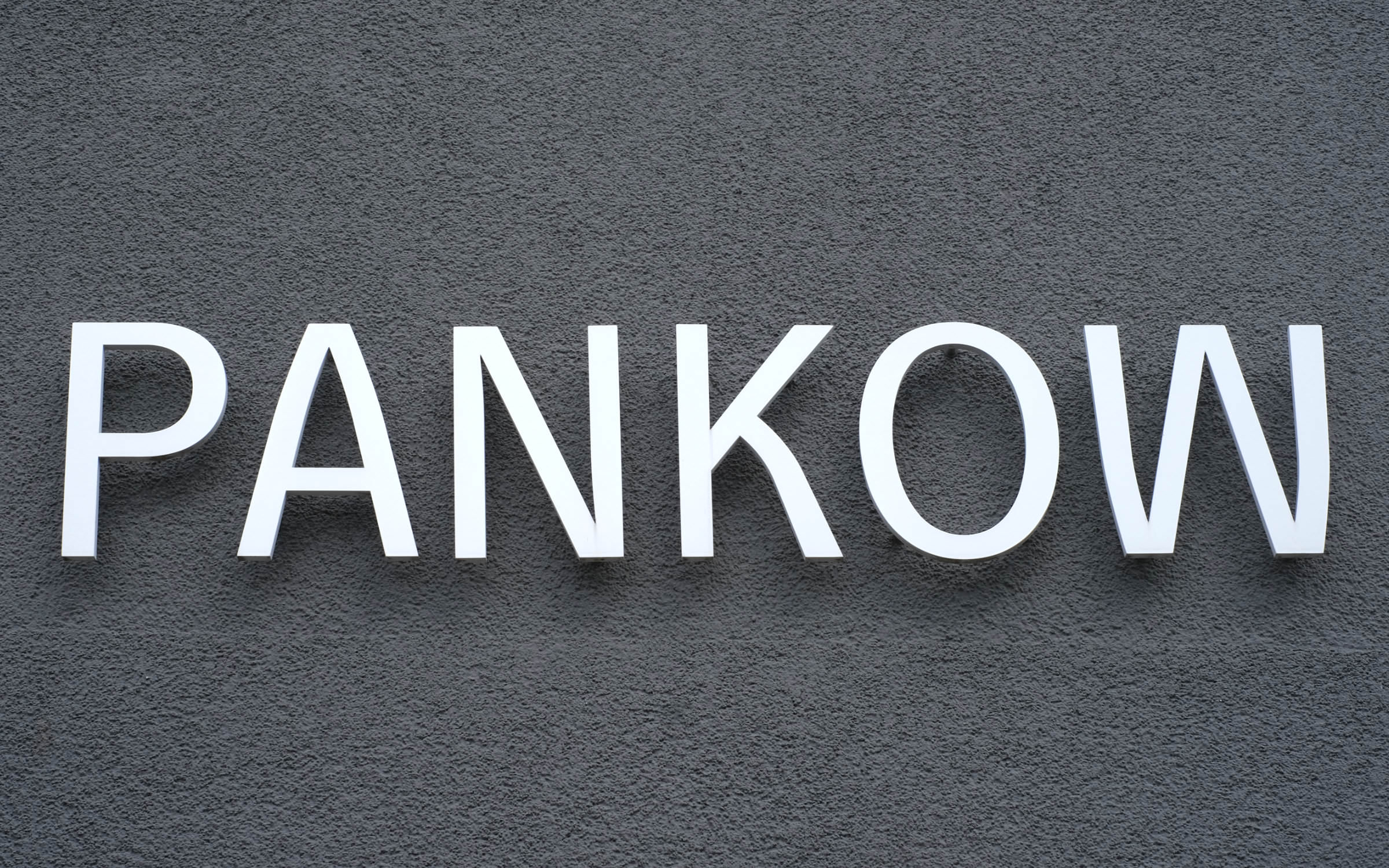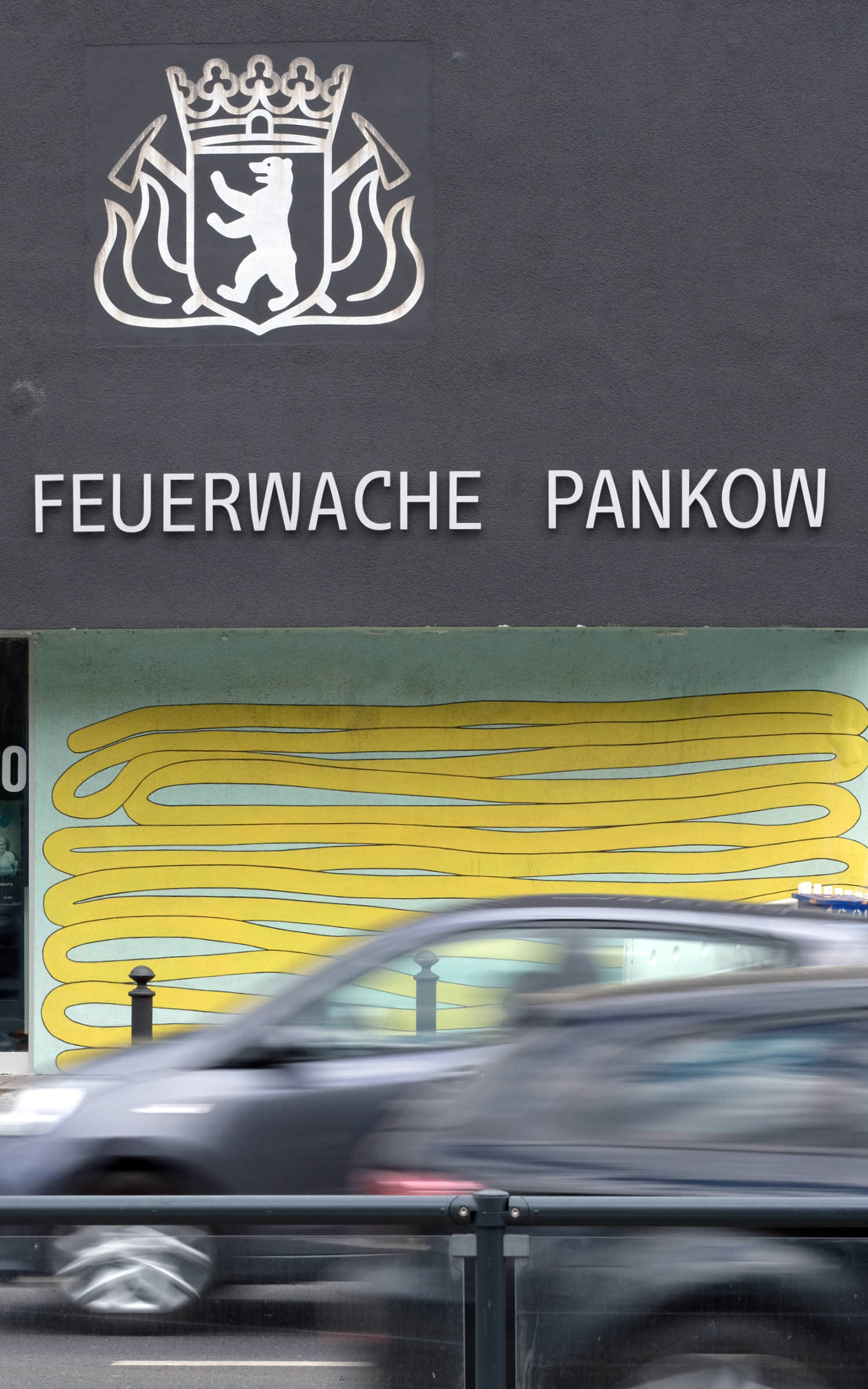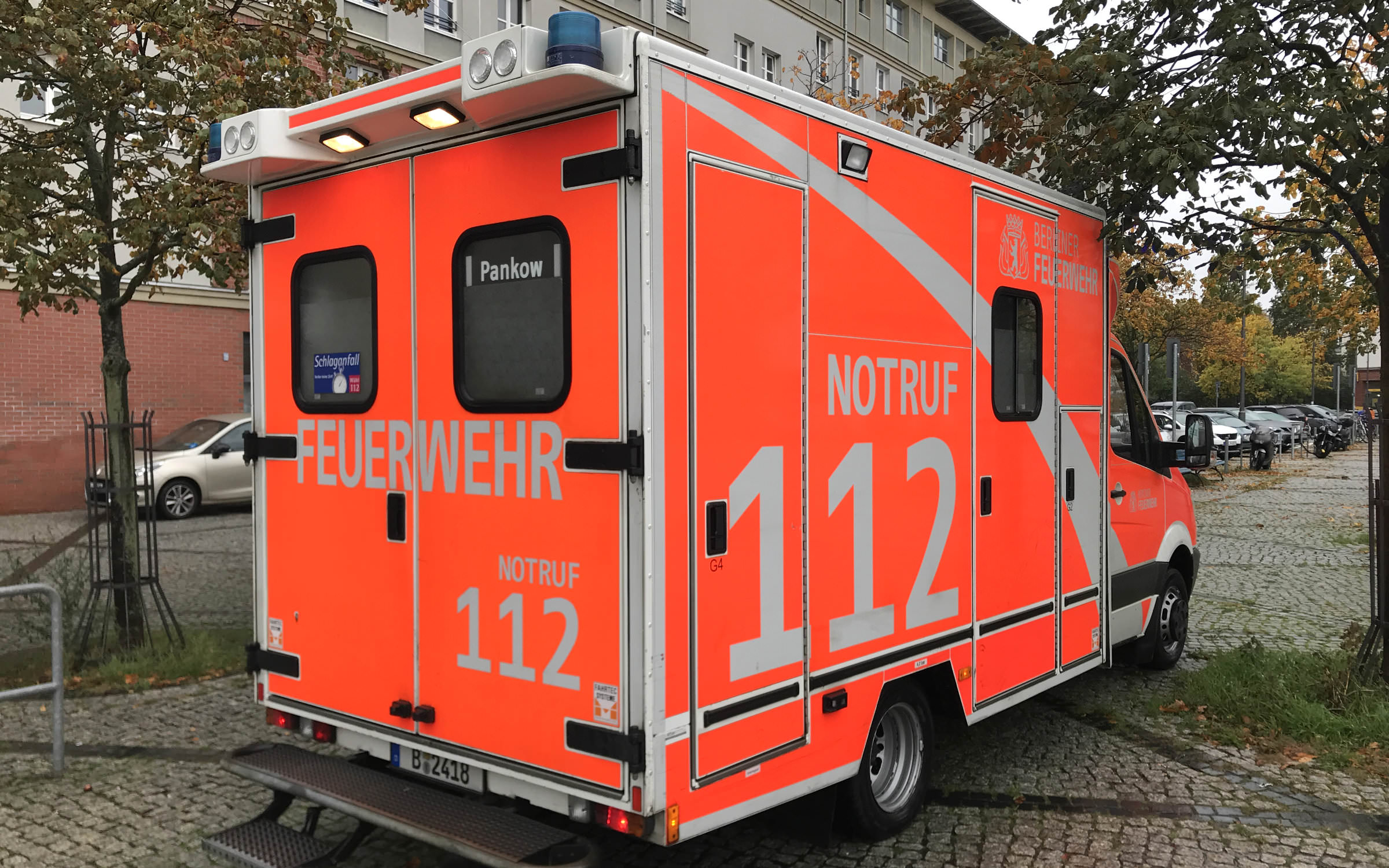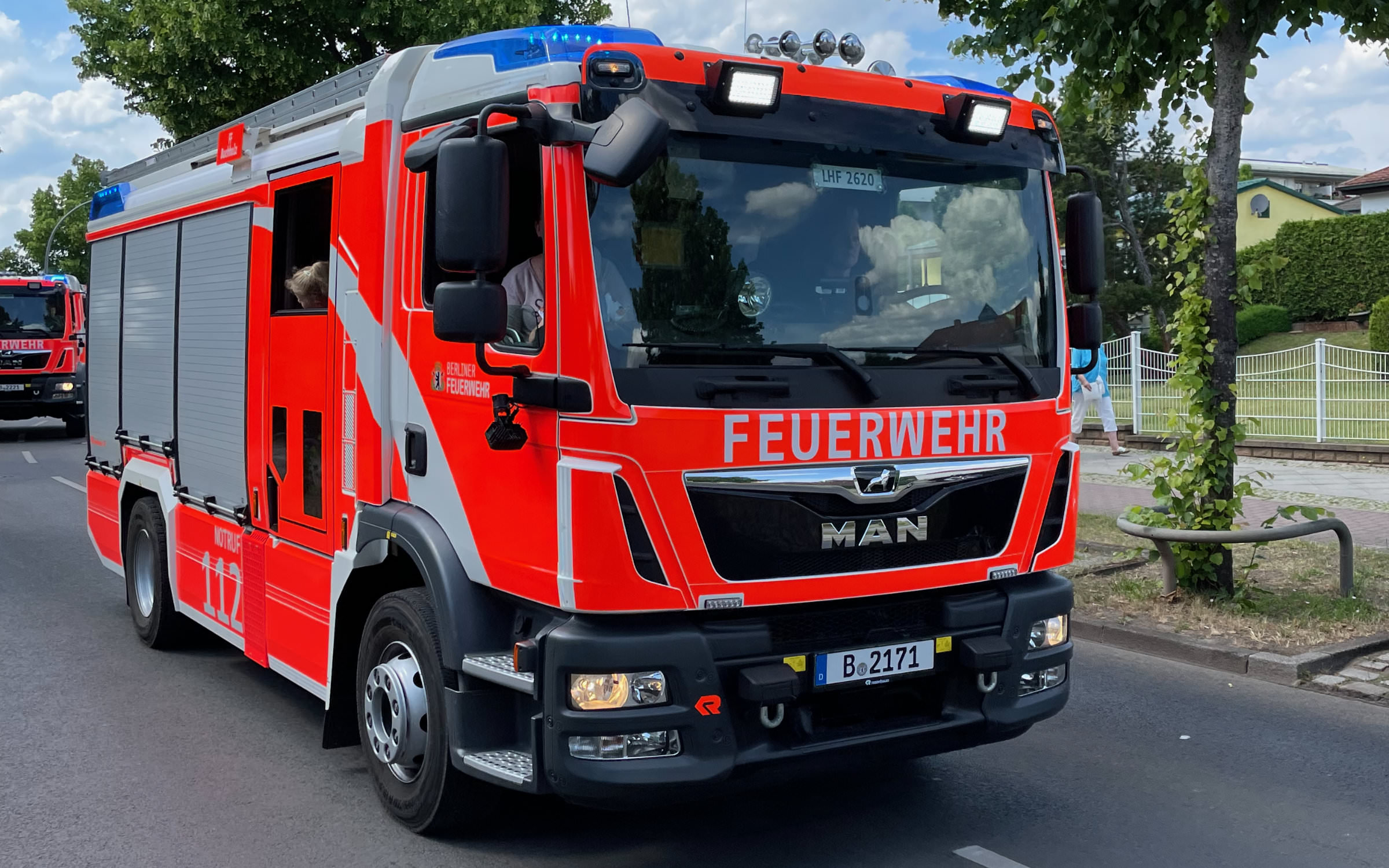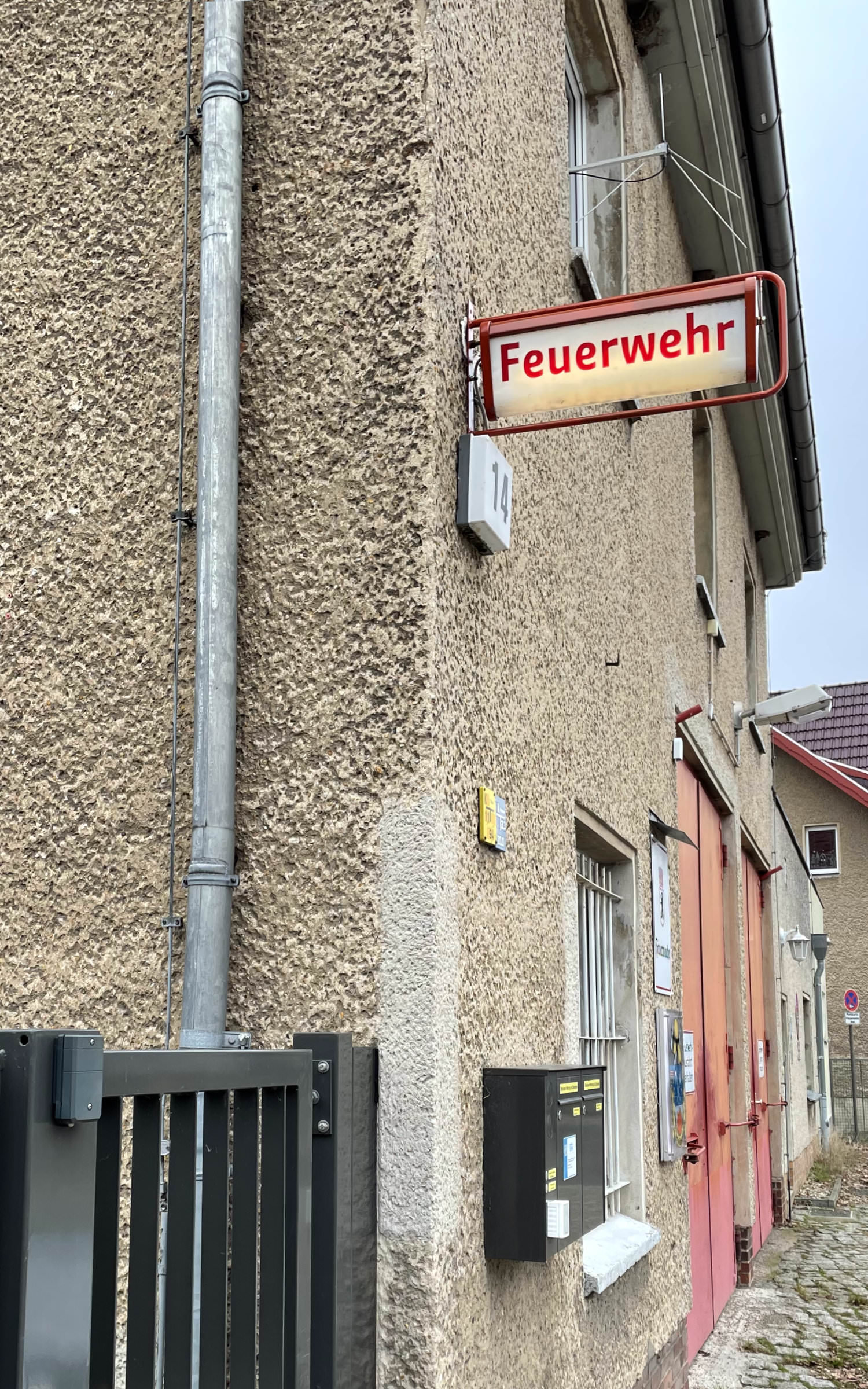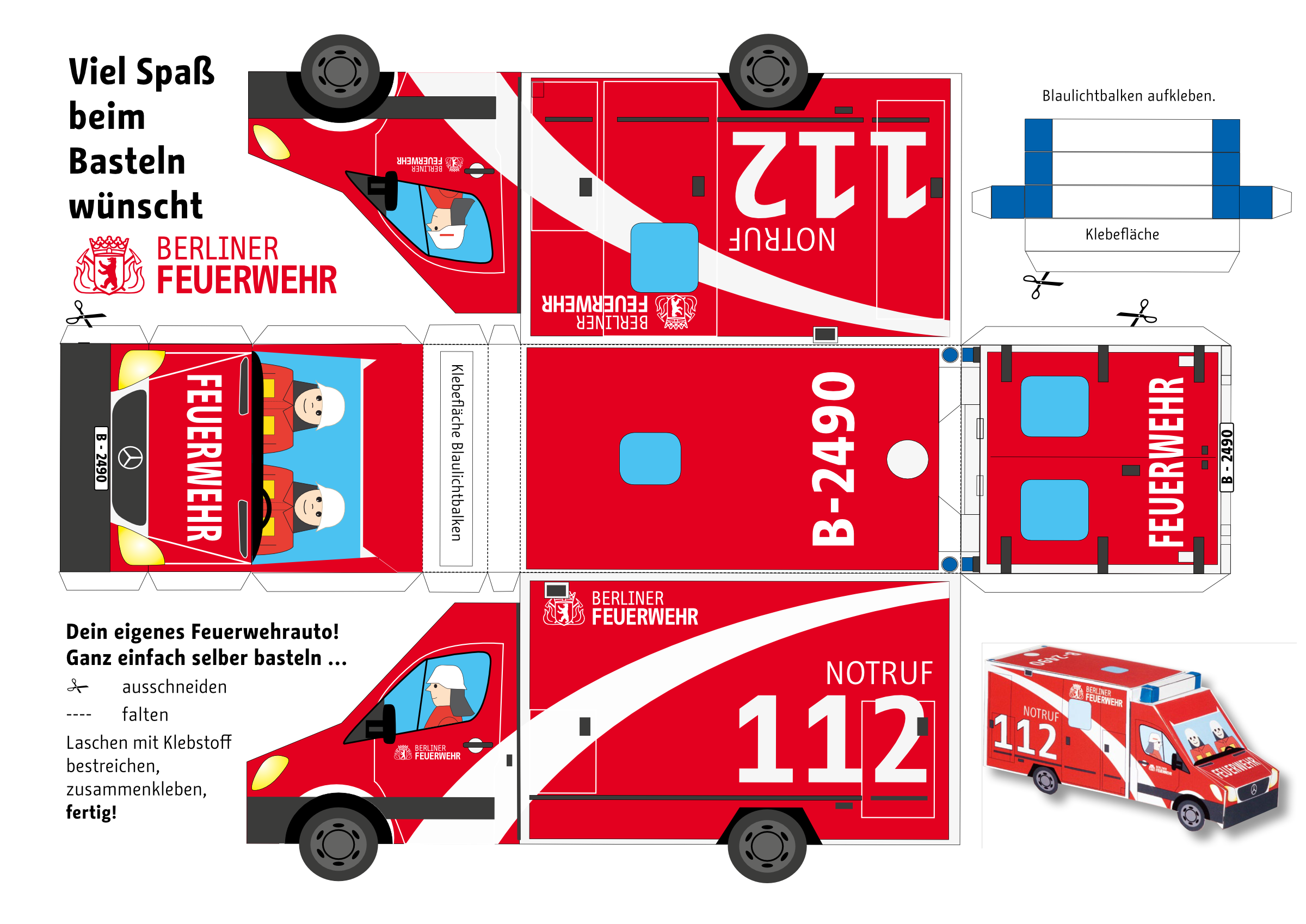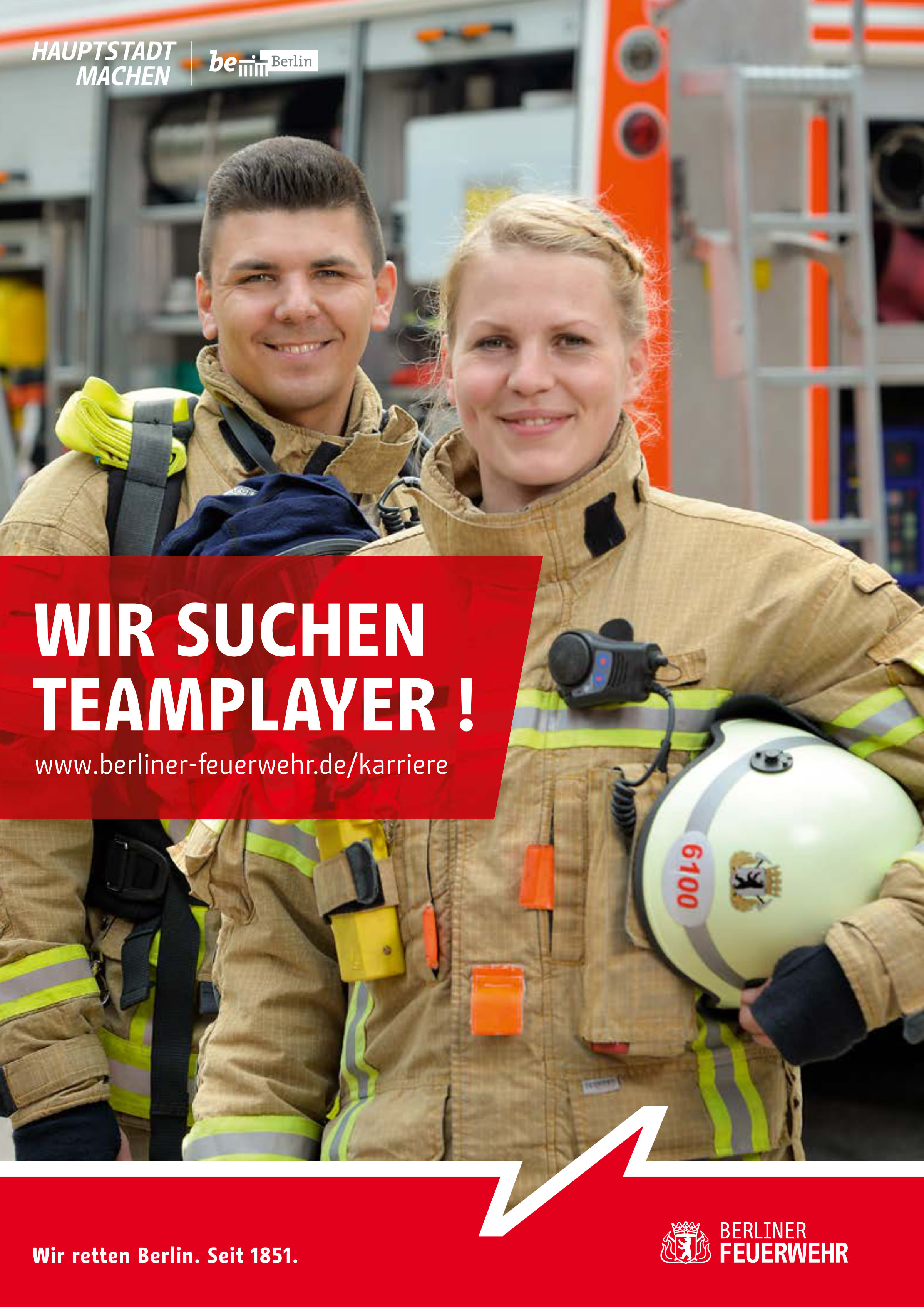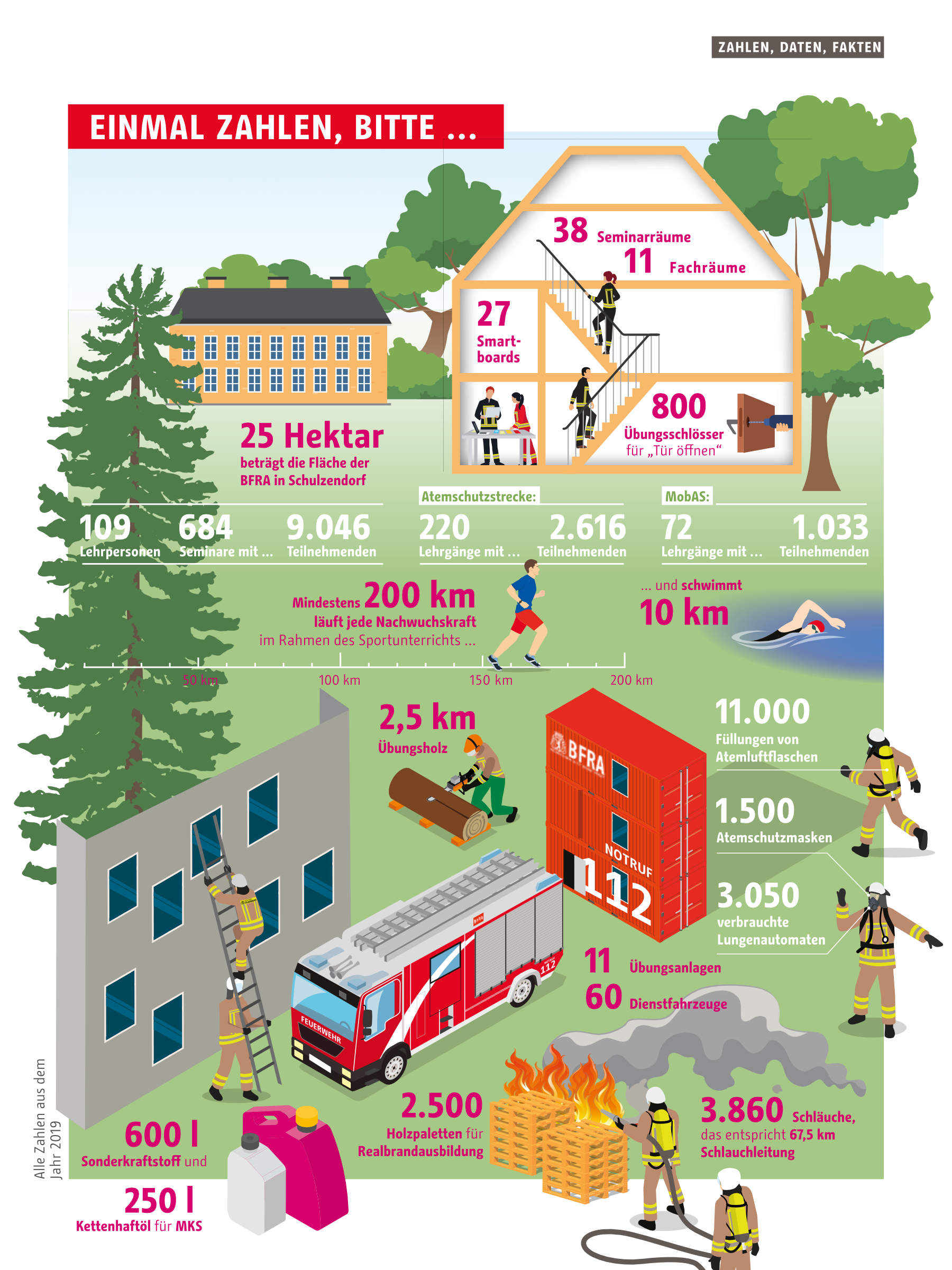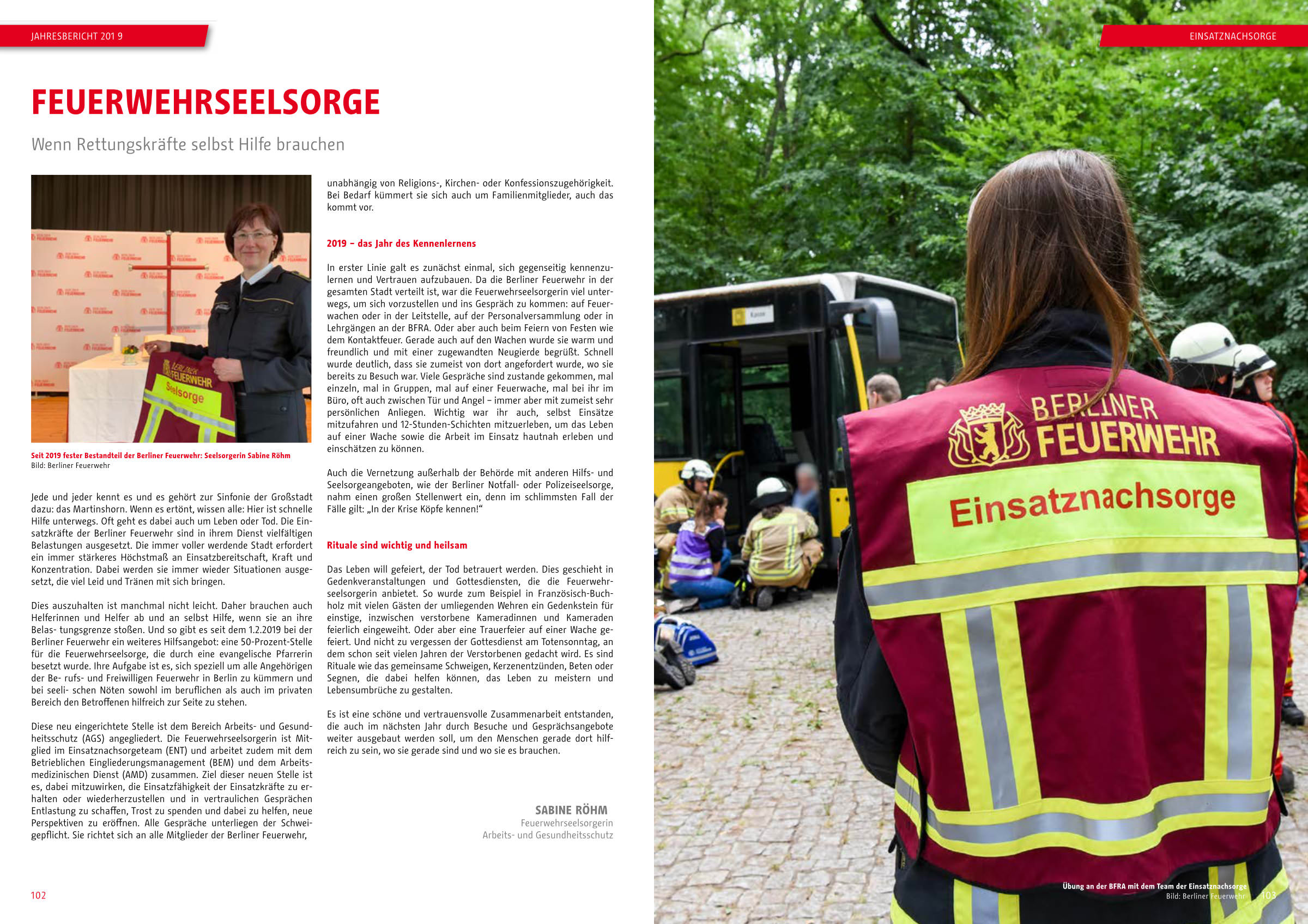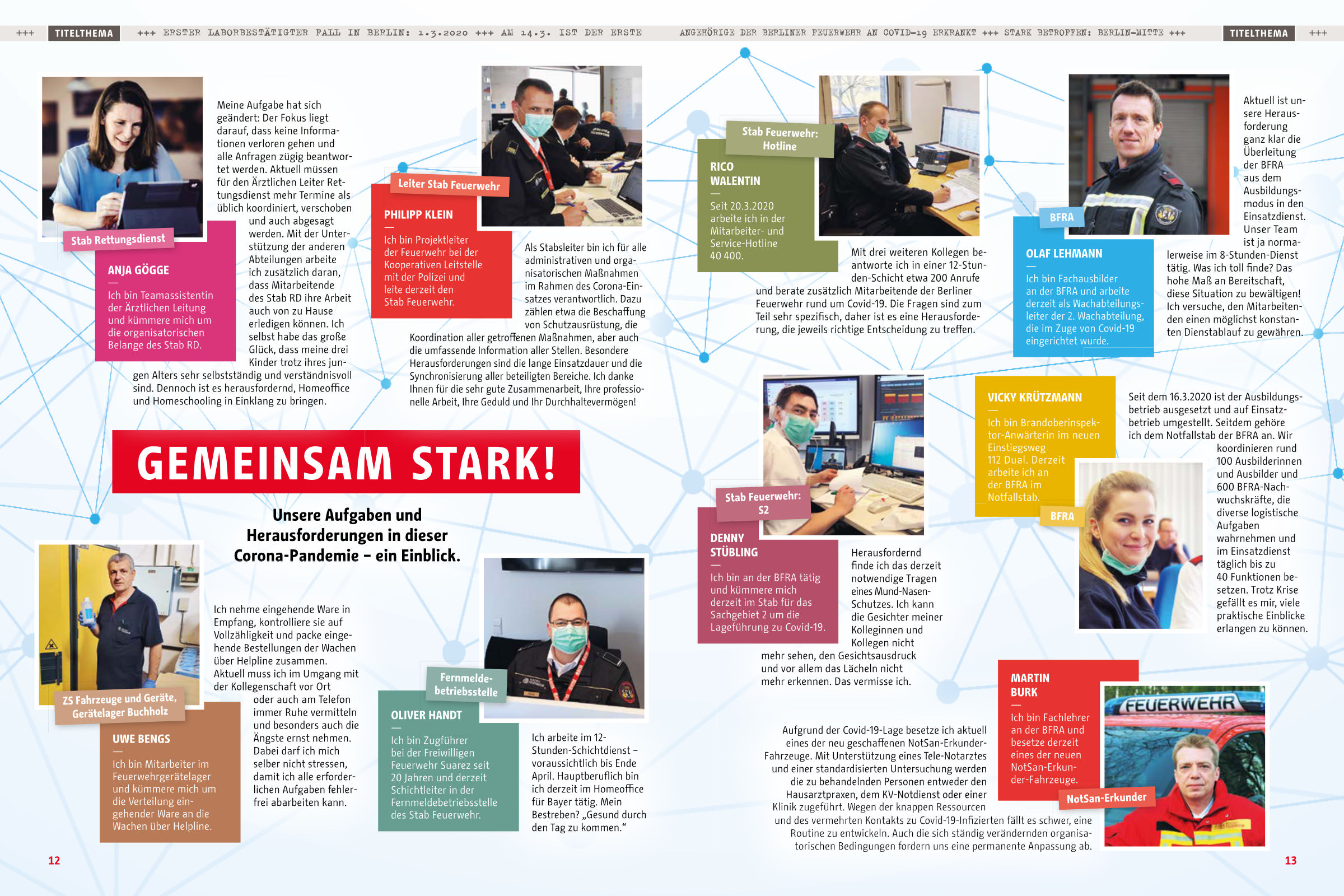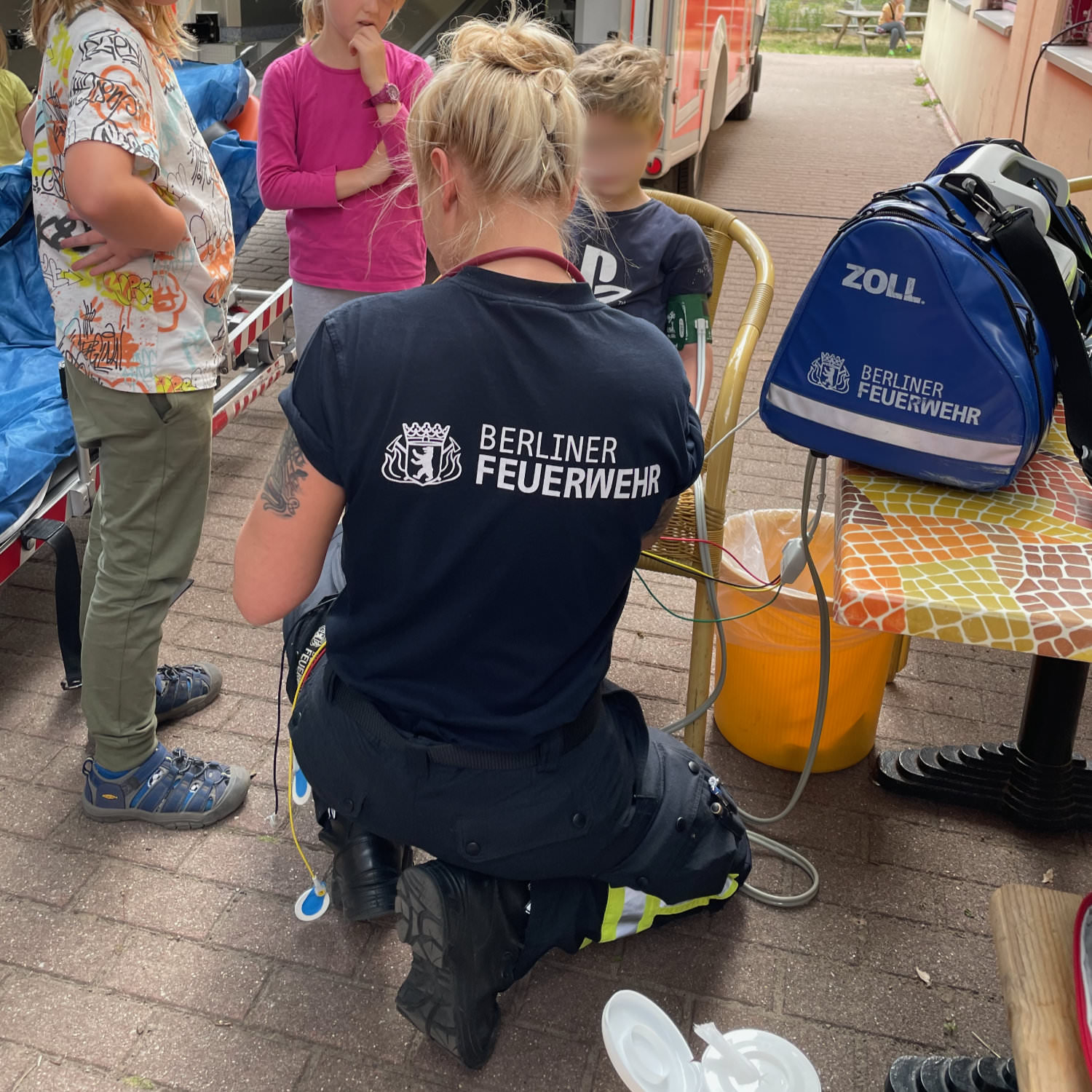erlin would not function without a fire brigade. It is the city’s central crisis manager: for fire protection, rescue services and in the event of a disaster. The rescue teams have more and more work to do because the city is growing and becoming more dense. The population is also getting older and older and so isolation is increasing and to top it off, the climate crisis is also causing more extreme weather conditions.
With its “Strategy 2030”, the Berlin Fire Brigade is preparing for the challenges of the future. With a focus on expanding material and human resources, job satisfaction, more diversity and helping to shape politics and urban development, the new directive and strategy requires a lot of communication. No wonder that the fire brigade has developed into a strong brand with a stringent corporate design.

